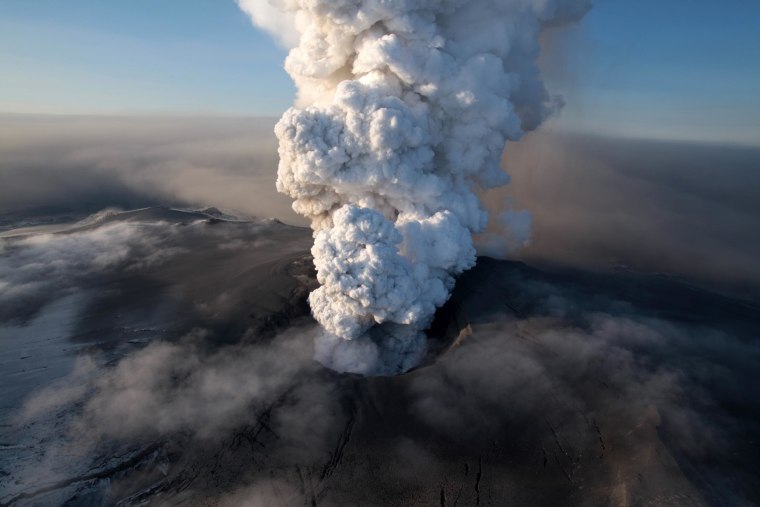Iceland's Met Office on Monday raised its risk level to the aviation industry for an eruption at its Bardarbunga volcano to orange, which is the fourth level on a five-grade scale. Ash from the eruption of Iceland's Eyjafjallajokull volcano in 2010 shut down much of Europe's airspace for six days, affecting more than 10 million people and costing $1.7 billion. There has been intense seismic activity at Bardarbunga since Aug. 16, although there are no signs of eruption yet. Met Office seismologist Martin Hensch said the risk of any disruptive ash cloud similar to the one in 2010 would depend on how high any ash would be thrown, how much there would be and how fine-grained it would be. Bardarbunga is Iceland's largest volcanic system, located under the ice cap of the Vatnajokull glacier in the southwest of Iceland. It is in a different range to Eyjafjallajokull. The Met Office said in a statement it measured the strongest earthquake in the region since 1996 early on Monday and it had now strong indications of ongoing magma movement.
IN-DEPTH
- Iceland's Hekla Volcano Could Blow Soon, Claims Scientist
- Iceland's Volcano Eruption Fueled Ocean Blooms
- Volcanic Ash Creates Air Travel Chaos
--- Reuters
